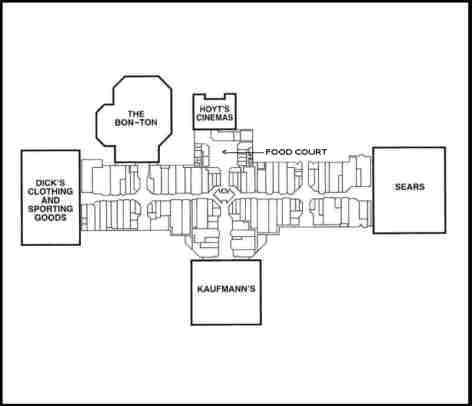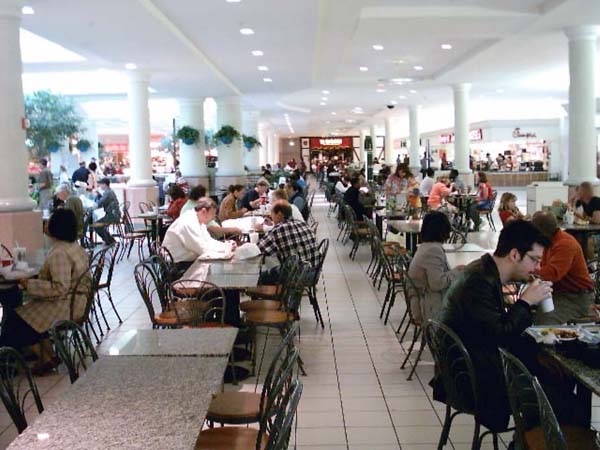Lease Audit Information
TOPIC OF THE WEEK:
Food Courts:
In shopping centers with a Food Court there are many expenses
involved in the operation and maintenance of that Food Court
- expenses that would not normally be incurred in the operation
and maintenance of the common areas of the shopping center.
These expenses include: purchasing and maintaining Food Court
furniture, busing trays, cleaning tables, staffing additional
security, maintaining additional insurance, etc. Unless your
lease specifically states that you must share in these additional
expenses, non-Food Court tenants should not subsidize the
costs required by the operation of the Food Court. Only the
Food Court Tenants benefit from these costs.
The Food Court is designed as a "profit center"
for the Landlord. The Landlord is the only one to really benefit
monetarily from the addition of the Food Court by receiving
substantially higher minimum rents from the Food Court tenants.
The Food Court tenants are willing to pay higher minimum rents,
because they do not have to incur the additional expense of
maintaining a seating area. In return for the higher rents,
one would assume that the Landlord would be responsible for
the maintenance of the Food Court. However, the Landlord usually
includes these expenses in CAM, thereby forcing the in-line
tenants to subsidize the Food Court.
When the "Food Court" concept was originally conceived,
the standard practice was to simply charge the Food Court
tenants an additional charge for the maintenance and operation
of the Food Court. (Some Landlords still adhere to this practice.)
The Food Court tenants did not object to the additional charge,
because they did not have to incur the added expense of maintaining
a seating area and their pro-rata share of the regular common
area costs was insignificant. However, when Landlords realized
that they could make an additional profit by 1) including
these costs in regular CAM, 2) dropping the additional Food
Court maintenance charge and 3) increasing the Food Court
tenant minimum rent, this became the standard practice.
Landlords will argue that the Food Court is a part of the
Common Areas of the shopping center and as such these costs
must be included in the CAM billings. This may be the case.
In certain centers Food Courts are simply tables and chairs
thrown into the common corridor. It is a stretch to really
consider these seating areas as "Food Courts", and
the additional costs relating to these seating areas is minimal.
However, you have a strong argument that Food Courts are not
"common areas" when the Food Court is a "cul
de sac" or a defined area of the center. (See plans below.)
These areas are clearly not for the "common use and benefit"
of all tenants and their customers. If the Landlord intended
to include the significant expense of maintaining and operating
this area in CAM, this should have been clearly identified
in the lease so both parties would have full disclosure during
negotiations. Also, if the Food Court was added to the center
after your lease was signed, it would be impossible for you
to negotiate whether or not you would agree to subsidize the
Food Court tenants.
Examples:
Great Northern Mall, Syracuse,
NY

Crabtree Valley Mall, Raleigh,
NC

If you have any
questions, concerns or ideas for this site, please do not
hesitate to contact us!
|